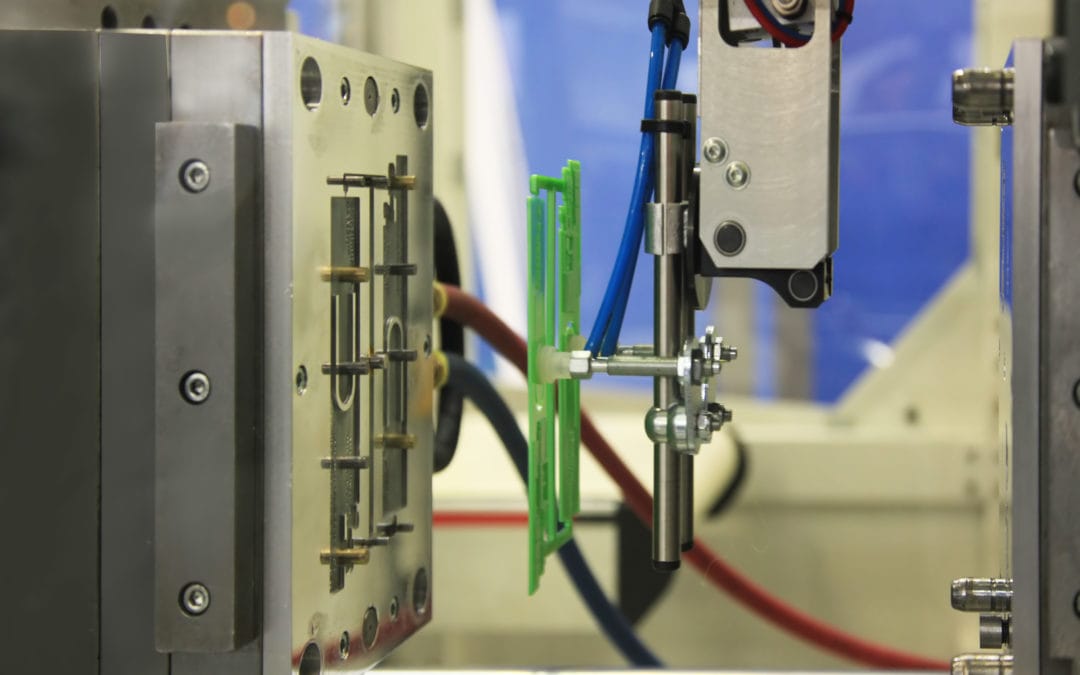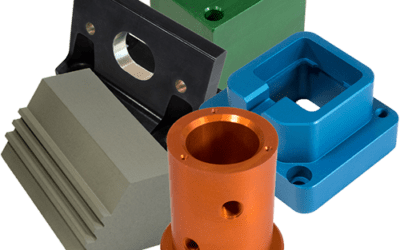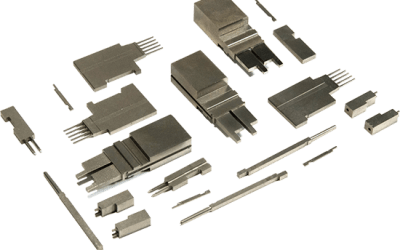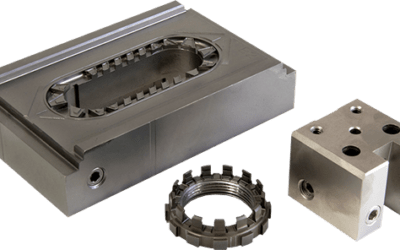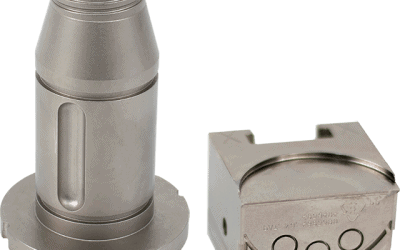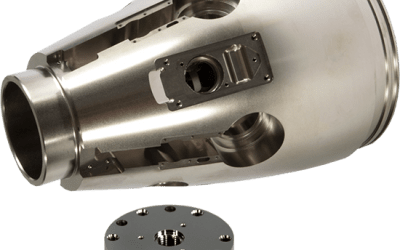Which Injection Mold Coating is Best? Injection Mold Coating Guide
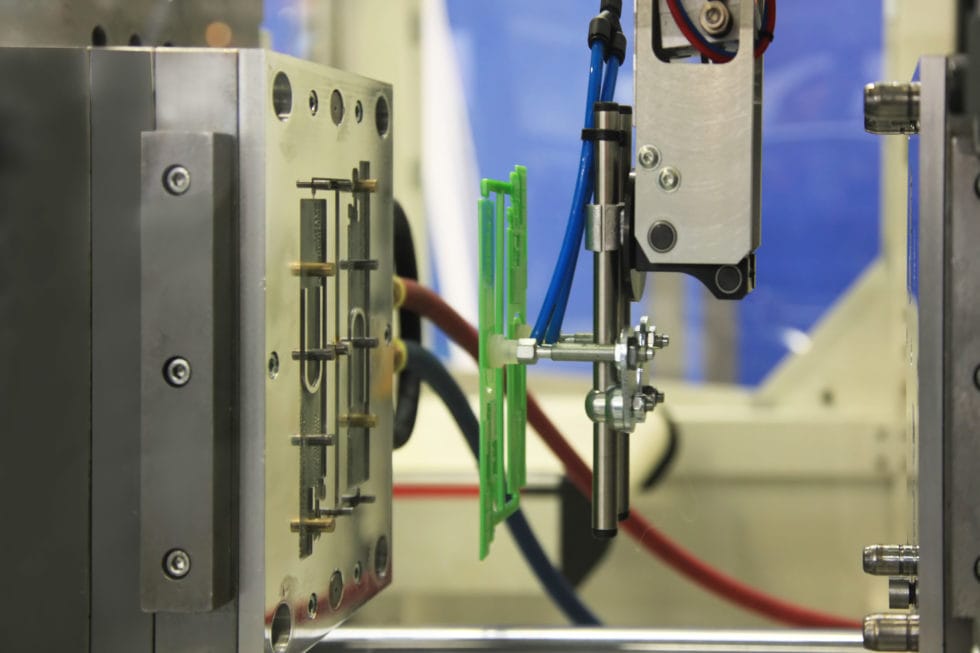
While most molders are likely to have a preference for specific types of plating, unfortunately, there is no universal coating that is appropriate for all applications. In fact, even the best or strongest coatings can be used irresponsibly. This inevitably leads to problems that can be difficult for other platers to correct down the line.
After molding, there are many causes that may lead to wear and corrosion, thus reducing a significant portion of a mold’s lifespan. Proper precision plating can help molders avoid these problems while improving mold performance, but in order to do that, they must choose the most appropriate plating for their application. Prepare to optimize your mold performance like never before by allowing PFI to guide you in choosing the best coating for the job.
Types of Plating for Your Plastic Injection Molds
Electrolytic
Electrolytic plating, such as hard chrome plating, requires electricity in order to complete the precision plating process. To generate this electricity, electrolytic plating requires a positive charge (an anode) and a negative charge (a cathode). The piece being plated winds up receiving the negative charge, while the anode is made of some kind of conductive metal.
A chromatic acid solution is used to transfer the current. This then causes the metal being used to reduce onto the base metal of the plated piece. It is worth noting that electricity tends to move in a straight line or to the closest point, which can lead to a buildup in sharp corners and thinner plating in recesses.
Electroless
Electroless precision plating, such as electroless nickel plating, is essentially the opposite of this process. Rather than electricity, electroless plating utilizes additives known as “reducing agents” to complete the plating process.
Despite the fact that the electroless plating process requires no electrical current, all metals contain some kind of charge. When reducing agents detect the base metal charge in the plating bath, they begin to react, causing the metal in the bath solution to reduce onto the base material of the part being plated. Because of this process, parts that are electroless precision plated receive a very uniform deposit, with the capability of controlling plating thickness within .00005 to .0001 (even on complex parts). PFI offers a wide array of electroless plating options, including Lubricoat and a number of electroless nickel coatings.
Duraslick, PFI’s Proprietary Nickel Base Coating
PFI’s most popular and reliable precision plating option, Duraslick is a proprietary nickel base with a very low coefficient of friction makeup. This innovative nonstick metal plating is perfect for the release of plastic molds and uses in applications with common wear and galling issues. Duraslick is especially useful for plating medical molds and electrical connector tooling, as well as when engineering changes are needed in a molding surface.
Duraslick is pit free at .10, making it our most requested coating for plastic injection tooling. This slippery, hard, and corrosion-protected precision plating option can be polished to an A2 finish. While Duraslick is excellent for salvaging molding surfaces that require lubricity, PFI is worth working with for more reasons than just our proprietary plating techniques; we are also experts when it comes to selective plating.
Choosing the Best Method for Your Plastic Mold
Avoiding Unnecessary Wear & Corrosion of Plastic Molds
The most important assessment you can make when considering potential precision plating options is of the problems you are trying to control or prevent, and whether they are the result of corrosion or wear. This can be difficult if you are assessing a component that’s already been plated, and if so, you may need to consult with your plating vendor to figure out exactly what kind of plating was used.
The list of wear types and causes is a long one, and cause largely depends on the molding materials being used. For example, in compression molds using mineral or glass-filled materials, abrasion wear can cause scouring action on the mold’s surface. In injection molds for thermoplastics, wear typically appears on the mold’s surface opposite the gate, while during the injection molding of thermosetting materials, it is detected in high-flow areas (spurs, runners, gates, and portions of cavities/cores opposite gates).
Generally, most damage occurs when molders continue to run the mold after flashing, but you should also be considerate of the following to avoid unnecessary wear/corrosion:
- Water contacting unplaced surfaces
- Water condensing in molds
- Water seeping through porous metals
- Leaky pipe fittings & O-rings
- Condensation of moisture on mold surfaces
- Careless handling of hoses and redline
What makes corrosion even tougher to deal with is that it is progressive; regardless of functioning chillers or storage habits, just a few drops of water or condensation can cause expensive repercussions. There is also damage from overheating to consider, which can cause acids to form after exposure to thermoplastics decomposition as well as in the plasticizing cylinder, hot runner system, or in-mold cavities due to small gates, improper venting, or inadequate cooling systems.
Protect Your Molds by Consulting PFI Inc, a Precision Plating Vendor
So, taking all of this into consideration, which precision plating will best enhance your molds? The answer isn’t so simple, but it can be determined based upon an assessment of your molding operation as well as the corrosion, erosion, materials flow, or release problems you are trying to avoid. For example, electroless nickel provides a very efficient corrosion barrier for many mineral acids, which typically attack chrome – part of the reason PFI continues to specialize in electroless plating options. All this to say, much of this unnecessary damage can be avoided by employing the proper precision coating to your mold. If you are unsure of which precision plating option might best benefit your application, we can help.
